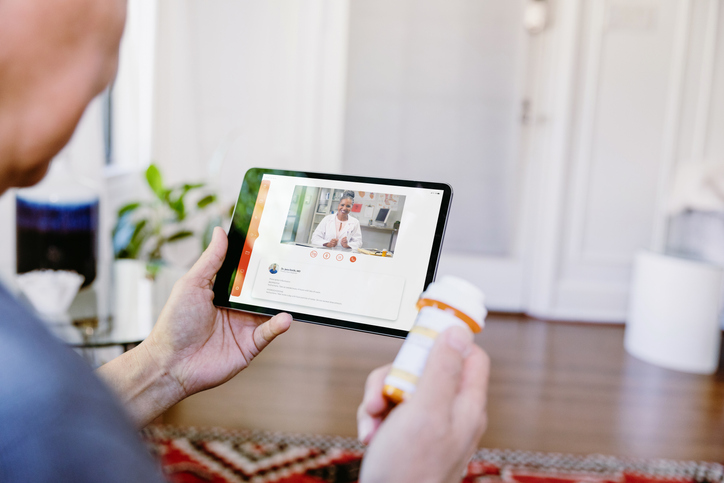Almost all of the United States continues to be under “stay at home” orders in response to the COVID-19 crisis. Although medical care is exempt from this order, there are still very good reasons for minimizing exposures in any way possible. Conversion to virtual practices in the form of telemedicine offers treatment access at a lower risk for both providers and their patients. Of course virtual medicine does not work for all practices and all patient care, but for situations that can be transitioned to telehealth, it can be a wonderful option.
The biggest challenge for medical offices is that the time horizon needed to create virtual practices seems to be just days and not the months of planning and testing that would ordinarily be used to iron out the wrinkles. Healthcare providers throughout the U.S. are jumping into the deep end together with rapid adoption of telehealth.
The benefits of virtual practices include:
- Healthcare providers who are quarantined or under stay at home orders can continue to provide patient care.
- Healthcare providers who do not have childcare can continue to provide patient care.
- If some of the practice can be conducted through telehealth, it reduces staff numbers physically in an office who are still providing care that cannot be remote.
- Patients potentially infected with COVID-19 can initiate triage care more safely.
- Patients under quarantine or isolation can access care.
- Patients with risk factors (older age or chronic conditions) can access care without potential exposure.
- Many patients report relief at the option to receive care while avoiding any exposure to a medical setting.
Creating the Virtual Practice That Works for You
Creating a virtual practice does not need to be an all or nothing proposition. It can mean relying on electronic messaging (perhaps through an already established patient portal), telephone calls, and video interactions, while also conducting some necessary in-person visits and sometimes delaying visits for non-essential appointments.
Healthcare providers have reported that telephone-based care can be easier since the extra step in learning and providing patient training about video-based care can take up time and resources. Note that certain platforms, such as FaceTime and Skype are less HIPAA-compliant, however the U.S. Department of Health & Human Services declared it will not enforce compliance rules during this COVID-19 crisis.
The billing rules related to telemedicine continue to be a moving target, but the latest information states that Medicare instituted temporary rules so healthcare providers can bill for video-based visits with patients, as well as bill for telephone appointments and e-visits. Similarly, these changes are seen with some private insurers and state Medicaid programs.
Here at BioPlus Specialty Pharmacy, we already interact with patients through telemedicine, as we support patients who need specialty medications across the entire country. While your office’s specific challenges in setting up virtual patient care will be unique to your scope of practice and patient needs, we can definitely share the good news that telemedicine can and does work in many settings.
Remember, you can count on BioPlus in these tough times, and in the better days ahead.
Related Posts
VIDEO - Find Your New Rhythm
Find Your New Rhythm
With the world seemingly turned upside down with most states enacting stay at...
Find Your New Rhythm
With the world seemingly turned upside down with most states enacting stay at home orders, most...
Covid-19 & Our Furry Friends
Working from home is a new reality for many of us. Which means that most Americans – since 70% of...





